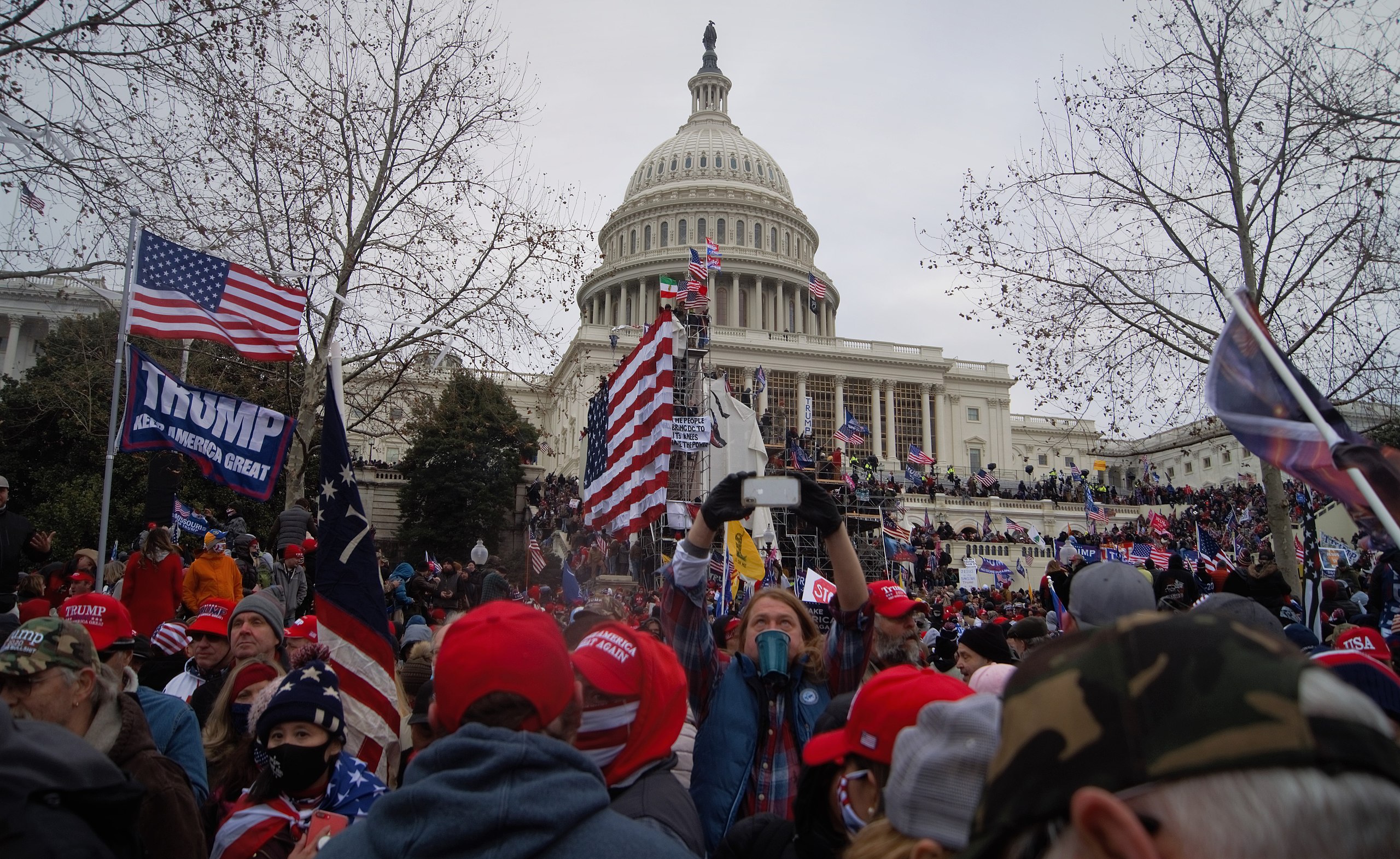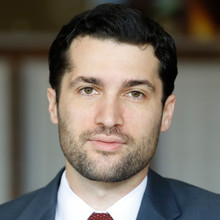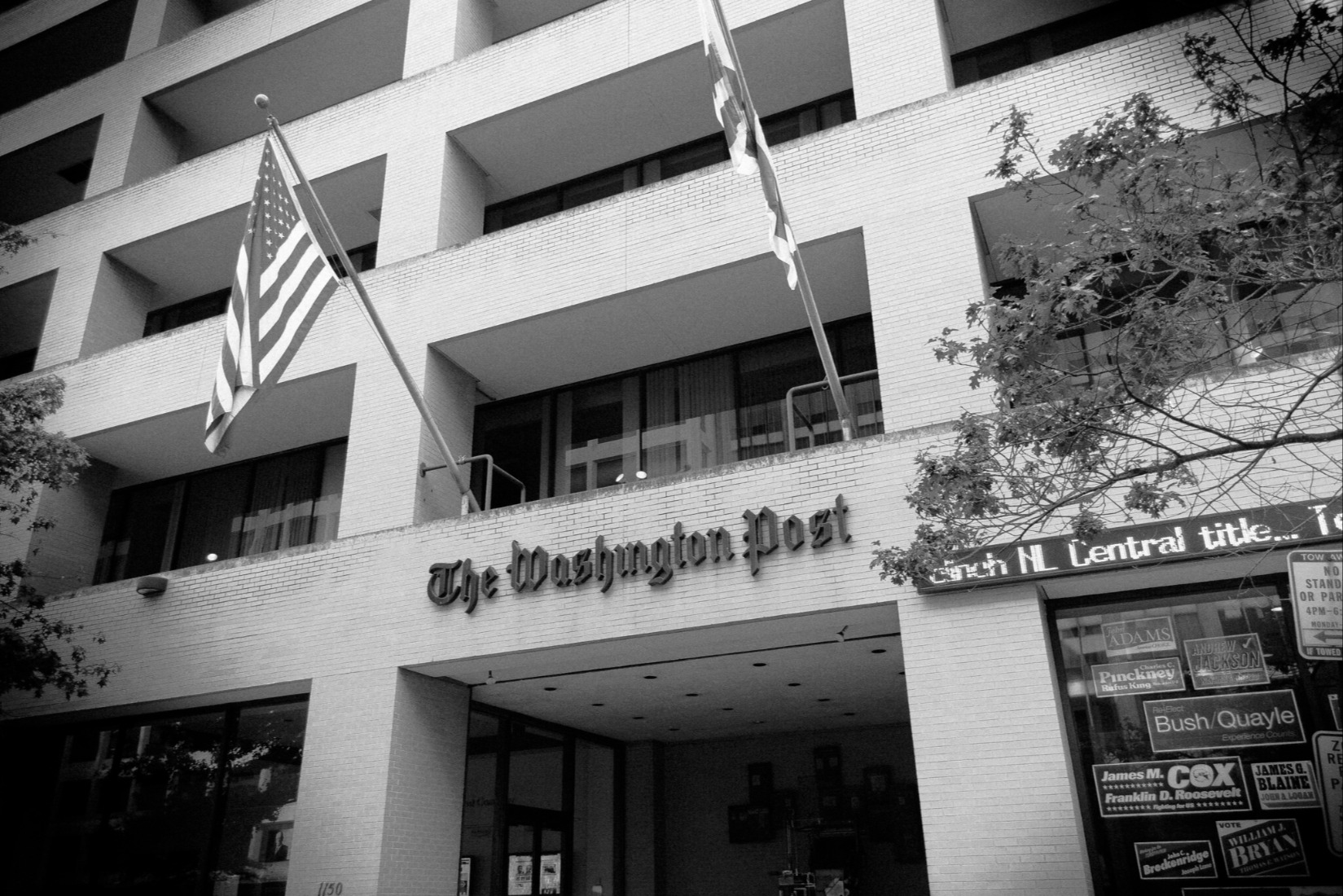Extreme Facts Make Easy Law: D.C. Circuit Appears Ready to Issue a Narrow Ruling Against Civil Immunity for Donald Trump
An interesting inversion of the traditional roles played by lawyers and judges happened at the D.C. Circuit on Wednesday in Blassingame v. Trump.

Published by The Lawfare Institute
in Cooperation With

Lawyers pleading their client’s cases are often tempted to argue narrowly, focusing the court’s attention on the unique facts that go in their favor and not on the broader implications of a ruling for their side. Judges, by contrast, generally challenge counsel to offer a workable rule that could apply not only to the case at hand but more broadly as well.
An interesting inversion of this pattern happened at the U.S. Court of Appeals for the District of Columbia Circuit on Wednesday, during oral arguments in Blassingame v. Trump. The case presents the question of whether former President Donald Trump should have civil immunity for the violent consequences of his Jan. 6, 2021, “Stop the Steal” speech. In Nixon v. Fitzgerald, the Supreme Court held that presidents enjoy absolute civil immunity for actions taken within the “outer perimeter” of their “official responsibilities.” The district court, applying Nixon, ruled that Trump did not enjoy immunity because his actions were not pursuant to his official responsibilities. Rather than adopt either side’s bright-line boundary of this outer perimeter, all three judges on the D.C. Circuit panel seemed inclined to adopt the district court’s approach of “evaluating the defense on the specific facts alleged” and rule against Trump on the narrow grounds that his conduct leading up to and on Jan. 6 was so extreme—indeed constituted “arguable incitement”—that, whatever the proper scope of presidential immunity, this lawsuit did not fall within it.
Trump’s panel draw, though not ideal for him, could certainly have been worse. While two of the judges were Democratic appointees—Chief Judge Sri Srinivasan (Obama) and Senior Judge Judith Rogers (Clinton)—both had served in executive branch experience—Srinivasan, notably, as a career assistant solicitor general and then principal deputy solicitor general in the Obama administration—and thus could be expected to be sensitive to executive branch equities. And the remaining remember of the panel, Judge Gregory Katsas, is a noted conservative lawyer who served as Trump’s deputy White House counsel before being appointed to the D.C. Circuit in 2017.
Jesse Binnall, who argued the case for Trump, did as good a job as could be expected, given the bad facts for Trump. He offered the court a straightforward rule—that when the president speaks on matters of public concern, he is absolutely immune from civil liability, even if his motive is purely personal advantage and even if he breaks the law in the process. As Binnall described, Trump’s proposed rule arises out of two considerations: First, other avenues—specifically impeachment and criminal prosecution—are available as alternative remedies; and, second, opening the door to civil liability would lead to a slippery slope of lawsuits and intrusive judicial review of presidential activity.
These two points, while valid in principle, are much less convincing as applied to the factual context of the case. Impeachment has broken down in the current polarized climate, as demonstrated by the fact that Senate Republicans were under overwhelming political pressure to vote against Trump’s conviction, no matter the merits of the case (and, had the Republicans controlled the House, it’s unclear whether Trump would even have been impeached in the first place). We are far from the framers’ hope that “ambition [could] be made to counteract ambition” and that legislators’ institutional affiliation would trump their partisan commitments. As to criminal prosecution, we’ll have to see what Special Counsel Jack Smith recommends, but it’s not clear that, from the perspective of the separation of powers or basic democratic norms, defaulting to criminal prosecutions of past presidents is better than civil litigation.
As to the slippery slope concern, the natural response to Binnall’s argument is that not all slopes are equally slippery. In particular, the facts of this case—that Trump, after months of lying about the 2020 election, gave an inflammatory speech to a crowd of armed supporters urging them to “fight” and march on the Capitol and then refused for hours to do anything to stop the violent attack on the Capitol—are sui generis. Katsas made this point explicitly, asking, “How many cases will there be with a colorable claim of incitement against the president? It seems like that is not going to hamstring the president in his day-to-day job.”
The reality that the facts in this case are so out of the ordinary also explains why the judges seemed skeptical of the plaintiffs’ proffered bright-line rules as well. Joseph Sellars, who represented the lawmakers and officers suing Trump, offered two relatively straightforward rules: first, that no immunity should attach to actions taken in the president’s capacity as candidate for office and, second, that no immunity attaches to the president’s actions if they are taken to interfere with the internal functioning of a coordinate branch. Sellars emphasized that this second rule has particular application to functions, like certifying the Electoral College vote, that the Constitution “hermetically seals” off from the president.
The first argument—that immunity is unavailable for electoral, rather than official, acts—was largely ignored by the panel, perhaps because, as the district court noted, it’s a conceptual and practical nonstarter: “A first-term President is, in a sense, always a candidate for office” and there is no “principled constitutional basis” to distinguish between those acts that are done in furtherance of the president’s official duties and those done to secure reelection.
Instead, the panel focused on the plaintiffs’ internal-functions rule, which has its own problems. First, it is difficult to draw clear lines around what counts as “legislative” (or “judicial”) versus “executive” functions. Second, even if one could craft those kinds of divisions, the Constitution rarely assigns to any branch the entirety of any power. The Constitution, instead, sets up an overlapping system where, for example, most of the legislative process is controlled by Congress, but the president, through the veto power, plays an important role. This sharing of authority, combined with the fact that the president’s obligation to “take Care that the Laws be faithfully executed” applies broadly to all laws, makes it difficult to say categorically that presidential statements regarding the internal operations of another branch are per se outside the president’s official duties. As Srinivasan asked at the argument, if the president, in response to a question from a reporter at a White House press conference, comments on Congress or the courts, why should that comment not count as part of the president’s official duties?
The panel’s skepticism of both sides’ bright-line rules suggests that, like the district court, the panel’s decision will be narrow and grounded largely in the unique facts of this case. As Benjamin Wittes analogized in our conversation about the case, there’s no need to sweat over the precise contours of the U.S.-Canada border if the question is what country New Mexico is in. Assuming the panel takes this approach and, as I predict it will, issues a narrow ruling against Trump, he can and likely will ask the Supreme Court to weigh in. The ultimate question then is whether the Supreme Court will decide to take up the case, and, if it does, whether it will similarly rule on narrow grounds or will finally clarify, after 40 years, what the “outer perimeter” of the presidency really is. I, for one, am not holding my breath that this case, even if the Supreme Court ultimately takes it up, will provide much clarity about the precise contours of a president’s civil immunity. With facts like these, there’s not much reason to venture beyond the case at hand.





